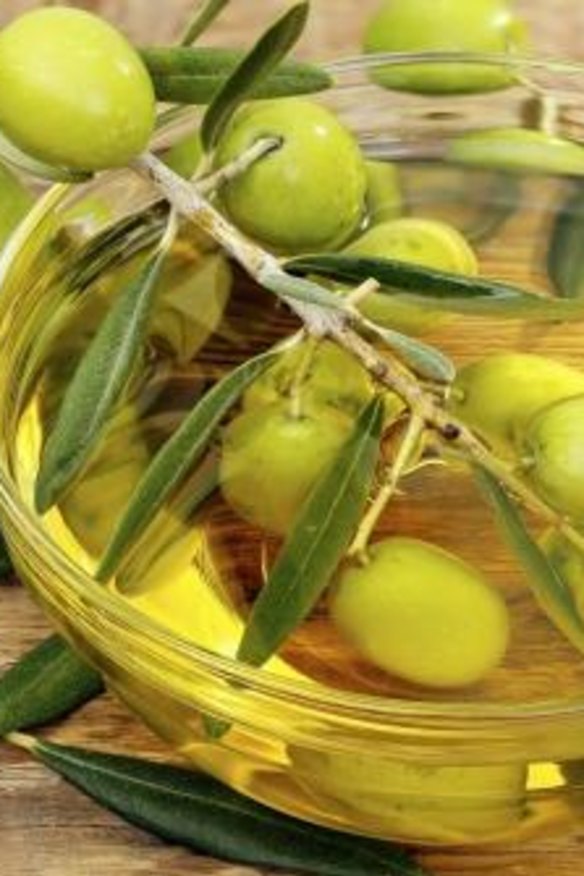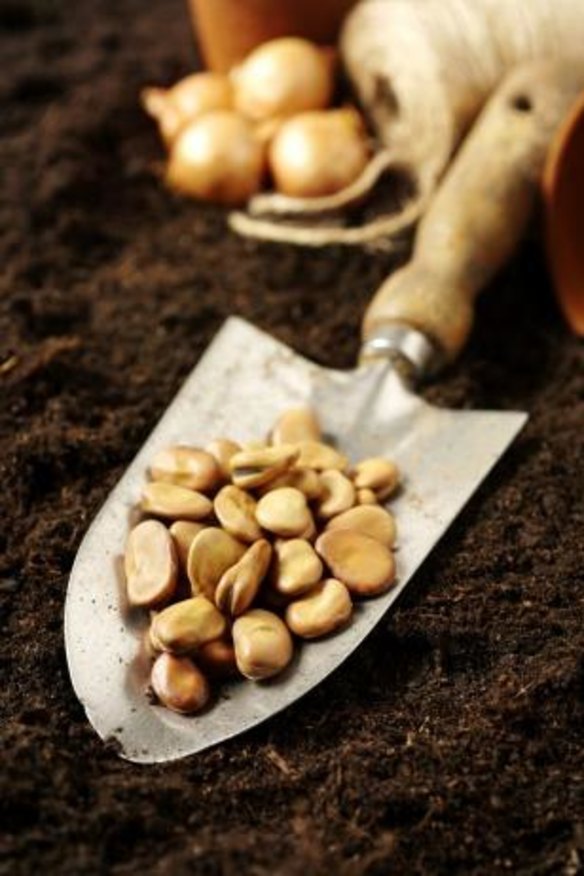Owen Pidgeon: Culinary and historical delights of Centennial Trail

Take a walk along the new Centennial Trail from Hall Village and within the hour you can arrive at the top of One Tree Hill. There stands one of the four fire towers which serve the ACT each summer to help protect the region. The elevation is 855 metres and you can look back southwards across the limestone plains of Canberra.
Misnomers are everywhere but make for fascinating history. One Tree Hill has thousands of trees growing along its ridge line. And the limestone plains are limited in fact to some outcrops of very old rock around the Action Peninsula. Limestone was an essential element in making mortar needed in construction, just as a permanent water supply and good pastures were essential for the pastoralists with their flocks of merino sheep.
It is not possible to see the Acton Peninsula from One Tree Hill as Black Mountain lies between, but you can see the grand sweep of territory and the many granite tors that kept company with the flocks of fine wool merino sheep that have grazed the hillsides of the region over the last two centuries.

The ridge line along the centenary trail route is important because it defines the border between New South Wales and the Australian Capital Territory. Water catchments were as important back in the formative days as they are now. All the water flowing south from the ridges would be part of the ACTs catchment and to the north, to NSW. After good rains, the waters flowing northwards from One Tree Hill run westwards along Bedulluck Creek and onto the Murrumbidgee River. Our region is a key source of water for that food bowl called the Murrimbidgee Irrigation Area. Water is the most precious commodity and we need to use it carefully.
Looking northwards from One Tree Hill, you will see Mount Spring with its trig station across the valley. It is only eight kilometres from the village of Hall and is circumnavigated by Spring Range and Nanima roads. With an elevation of 870 metres, its topography is ideal for hang gliding and paragliding. Beyond is the Yass Valley, historically some of the finest highlands merino wool country. The rugged mountain country has little top soil but is capable of producing that beautiful 17 microns wool for suiting fabric. The little stone Methodist Church (now Uniting) of Wattle Park, along the Barton Highway, was built by pioneering pastoralist familties, including the Southwells and Kilbys. And the Bedulluck School some a couple of kilometres or so along Spring Range Road served the local families well, a century ago.
There is now a wide range of food-growing enterprises around Spring Range. Quite a few of the sheep stations have been subdivided and cattle are as common a sight now as merino sheep. Smaller properties with small herds of Angus and Galloway cattle dot the landscape. Minto Galloways with their prime beef, just to the east of Spring Range, is another local supplier to the Capital Region Farmers Market. To the west lies Poachers Pantry with its excellent restaurant and adjacent vineyards. On the southern side are olive groves and this is where Loriendale Orchard is situated.

Going back a century ago, some alluvial gold mining was also carried out along the dry creek beds on the eastern side of Spring Range. No one became rich but small mullock heaps still bear testimony to this 19th-century endeavour. And the Butt Apple Orchard with its 4000 apple trees was a feature of Spring Range from the 1920s until the late 1950s. A pioneer of the district, Mack Southwell, would be paid 2/6d for a large bucket of potash collected from trees that had been felled and burned by settlers. Charlie Butt spread the potash around the base of his apple trees "to sweeten them up". He produced apples of very fine flavour and had one Granny Smith tree that would yield 15 cases of apples each year. (A good yielding apple tree will usually produce three to four cases of apples).
The apple harvest is nearly finished for us this year. Because of our early and late-maturing varieties, our harvest traverses six months of the year and then the pruning and winter clean-up must begin. We are now just in time for a much quicker harvest: the harvesting of olives. For us there is some contrast between 3000 trees and 10 trees.
When you have a plantation of 600 olive trees, as our near neighbours, the Hamptons, have, the best way is to turn it into a community event like the growers in Italy do. The row of cars last weekend was the giveaway, with many friends enjoying a day in the country to bring in the harvest and share in the camaraderie. All harvests are hard at work, requiring time and careful attention but they have their moments of joy.
Beef rolls with olives
8 thinly sliced topside minute steaks
4 shallots
400g bacon rashers
2 green capsicums
1 Rome Beauty apple
3 cloves garlic, crushed
400g bacon rashers
150g champignons
100g seeded black olives
2 medium onions, chopped
4 tbs olive oil
¼ cup breadcrumbs
2 tbs grapeseed oil
500g tomatoes, diced
2 tbs tomato paste
1 tbs balsamic vinegar
300 ml beef stock
2 tbs fresh parsley, chopped
Finely chop the shallots and dice the bacon, capsicum and apple. Slice the mushrooms (champignons) and olives. Heat the olive oil in a heavy-duty pan and add in the shallots, garlic and bacon pieces. Stir and cook until the bacon begins to crisp. Add in the mushrooms and capsicum and cook until they soften then mix in the apple, sliced olives and breadcrumbs to bind well. Remove the mixture from the pan and allow to cool.
Take the minute steaks and lay them out on a tray. Generously spoon the olive mixture onto each slice of beef and wrap, securing with a toothpick or string.
Heat the grapeseed oil in the pan and cook the beef rolls until they have browned. Remove the rolls but keep them covered and warm. Add the chopped onions to the pan and cook until they become translucent. Add in the diced tomato and tomato paste, the vinegar and beef stock. Simmer for several minutes until the sauce thickens. Place the beef rolls back into the pan and ladle the sauce over them. Cover and simmer for another 20 minutes. Sprinkle chopped parsley and serve with mashed potato, carrot and broccoli.
This week in the garden
* Harvest ripe grapefruit and lemons for use in the kitchen. Keep a check on ripening persimmons and feijoas to ensure that you beat the birds.
* Plant shallots and both red and brown skinned onions for a summer harvest. Creamgold is one of the best-growing and best-keeping brown-skinned onions to grow.
* If you have not had time to plant broadbeans, snowpeas or field peas because of the May Budget season, take the time now to clean up garden beds and plant out some rows.
* Rake up every leaf that you can find and add to the compost heap. It is a once a year bonus which will prove very beneficial in the coming months. Mix in some green grass clippings and weeds to build heat and add in any supplies of good animal manures that you can secure.
* Aim to complete pruning any peach, plum and nectarine trees this week so that you can then move onto your pome fruits. Stonefruit trees should be pruned back heavily as they do grow vigorously and they produce flowers on last year's wood. Take out crowding laterals and remove all broken twigs.
Owen Pidgeon runs the Loriendale Organic Orchard near Hall.
The best recipes from Australia's leading chefs straight to your inbox.
Sign up